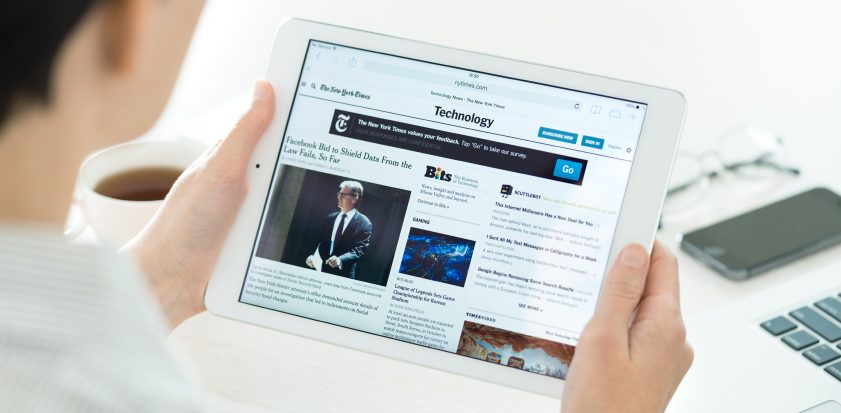![]()
It is very common for our users to come to us asking for a web page. Most of the time, they really don’t know if it is a web page what they really need or if it is something else.
Very often the users have the general idea of something they saw in a browser and some information they want to share. They do not analyze (and maybe they don’t have to) if it’s a web page, a website or an web based information system what they are really looking for.
During the initial meetings where we determine what clients are asking for, we must give them a guide to define what will be the best solution for their needs.
In my case, most of the time, my users just have a vague idea of what they really want. They know that they have a need to publish information, but they do not know how to do it. Here is where our work begins.
To define what should be the content of the page, site or system is one of the most important things to do.
We must work together with our users to specify the content. If a page, site or information system is going to be successful depends on what you are showing on that screen. There is a phrase in the web design world that says: “Content is King”, and I am really convinced that it is completely true.
We must try to stipulate what content will be suitable for the user’s needs in order to determine what kind of development we should do to satisfy them.
So we must guide our users to find the real meaning of the request, in terms of information and how to present it. It can be text or it can be some media (images, audio, video, animation, graphics, etc.). We also have the responsibility of showing them a good way to present that information, making a good design for them.
It is desirable that we plan the solution based on three basic principles for determining the content: quality, clarity, and relevance.
For quality, we must understand how to define an original and practical way to present the information. Thinking with clarity makes us organize the data with accuracy and style. Relevance guides us to specify what information deserves to be part of the page, site or system– it is very important to be able to classify the information as our base for choosing the right content.
Another decision we have to make is if our solution will be static or dynamic. That will determine the kind of development we will do. If there is not a need for consulting databases and developing complex data processes, the solution can be fitted as a web page or a web site.
If the requirement exists to create, read, update, and delete data, the solution can be presented as a web app or even a mobile app. Obviously, the difference between those different solutions is quite big in terms of time, development team personnel, and platform.
The final solution must be plenty of good ideas, selected topics, relevant information and the right choice of what the user wants to communicate to those who visit (or use) the page/site/app.
The main objective of government web solutions is to inform. But it also can have the idea for educating or connecting people.
Define the final purpose and the meaningful content of the solution will determine how successful can it be.
Let’s get to work now!
Sergio Yorick is part of the GovLoop Featured Blogger program, where we feature blog posts by government voices from all across the country (and world!). To see more Featured Blogger posts, click here.





Leave a Reply
You must be logged in to post a comment.